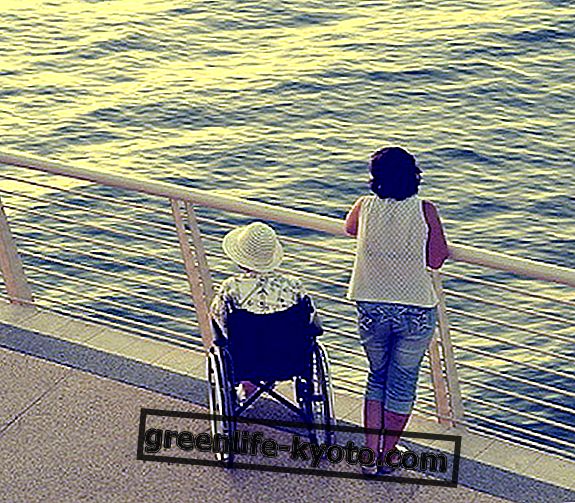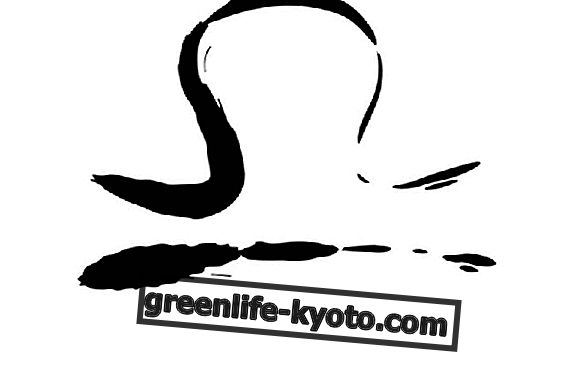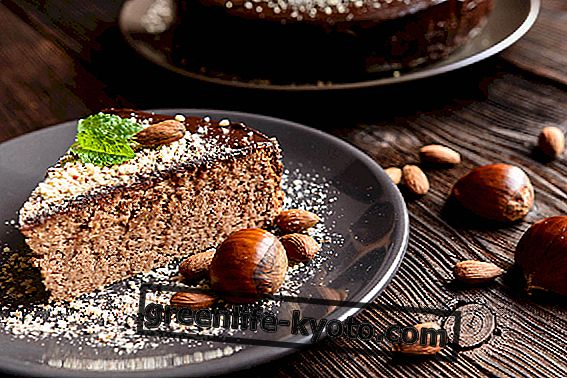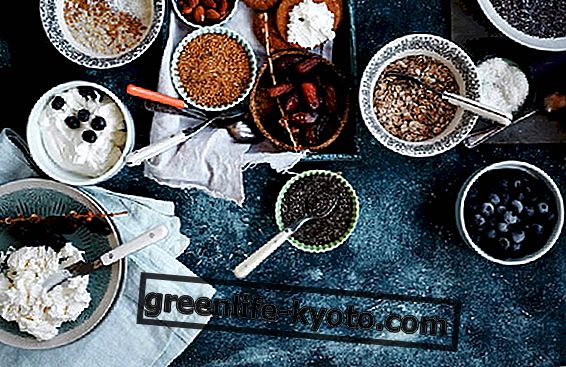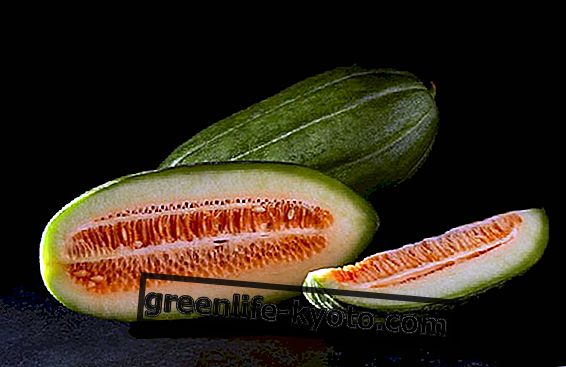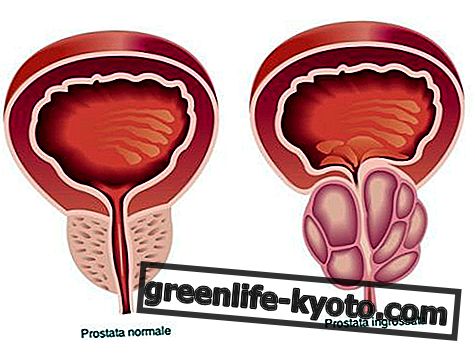
2015 is the year in which Milan hosts the Expo, an event that happens every 5 years, since 1851, a historic year when everything started in London. The universal exhibition will then pass through Brussels and arrive in Dubai.
Meanwhile, amid controversies and flames, between more and less conscious revolts, between manifest and non-manifest damages, in Milan from 1 May the gates of a vast space (1.1 million meters) divided into macro areas (53 pavilions) are all opened somehow related to the topic: Feeding the Planet, Energies for Life .
Expo 2015: food at the center
Food is in the foreground and in particular the production and distribution of food, a fundamental element that characterizes the culture of each country and a field of research with respect to the frontiers of new technologies.
How man fits into the various phases of food collection, production, distribution and consumption and to what extent it is good to discuss food safety and what it means to talk about sustainable agriculture.
On May 2, the day after the opening, Vandana Shiva presented the Terra Viva Manifesto, a text created by Navdanya International - of which Vandana Shiva is the founder - in collaboration with the Banca Etica group and the Triulza Foundation. At the heart of the message is the proposal for a circular economic model based on ecology, which can regenerate the resources it exploits. Don Ciotti intervened.
In general, in these six months in Milan we should discuss conflicts around the world due to the availability of water and food . Among the objectives of the organizers of Expo Milano 2015 and of the institutions that are collaborating in the drafting, will be the "Charter of Milan ": a pact between the citizens of the world in which it will be considered "a violation of human dignity the lack of access to healthy food, clean water and energy ".
The Charter was drafted in time for April 28 and from May 1, 2015 everyone can sign it, even on the internet. The first organizational stage for the drafting of what will be the equivalent of the "Kyoto Protocol" for food was held on February 7 in the first destination of Expo delle Idee in Milan, Hangar Bicocca, with 42 thematic tables.
Expo 2015: exhibition areas and useful information
The Expo area was designed by a group of world-famous architects including Stefano Boeri, Ricky Burdett and Jacques Herzog. The project foresees two axes of separation as in the Roman cities: the cardo and the decumanus .
The first hosts the Italian pavilions while the second hosts all the other nations that participated in the event. The Italian area is a large group of many gastronomic realities of our country, besides being rich in stands on tradition and culture. The area culminates with the Tree of Life, which is to the north, at the Lake Arena.
The decumanus begins with Pavilion Zero (to the west) and extends to the Mediterranean hill (panoramic point to the east, dominating the whole area) and hosts foreign realities.
The exhibition is divided into clusters, areas that constitute the real novelty of the event: these are common areas organized according to thematic identities and food chains and arise as spaces used for interaction and dialogue and have a purely functional character (market, tastings, events, exhibition).
There is a cluster dedicated to rice (from the remarkable scenographic game of ponds), one for cocoa and chocolate, one for coffee and then one for fruit and vegetables.
The other sections are dedicated to spices (a veritable riot of smells and colors), cereals , tubers, food from the Mediterranean islands and the sea, food and arid areas . Clusters are born with the aim of showing how much can be achieved through cooperation between several countries, while maintaining product specificity.
Finally, the thematic areas are 5 : the Future Food District dedicated to technologies applied to food and the future of food, the Children Park for children, the Biodiversity Park and the one outside the expo space which is Arts & Foods (at Triennale).
We also highlight the projects linked to the Milan Expo that touch on various themes, from food to cinema, to research, to the enhancement of the feminine, to digital technology: We-women for expo, Short food movie, feeling knowledge best practices, Childrenshare, School Project, E015 Digital Ecosystem, Wame & Expo 2015, Aquae Venice 2015, Slow Food, Milan Center for food law and policy .
It is possible to reach the expo by metro, car or train. Tickets can be purchased on the official website of the Exhibition. You can choose a fixed date or leave the open date option. There are discounts and reductions for children and families. The official and free app is also available for Android and iOs.
The exhibition, open every day from 10am to 11pm, will be in Milan until October 31st.
